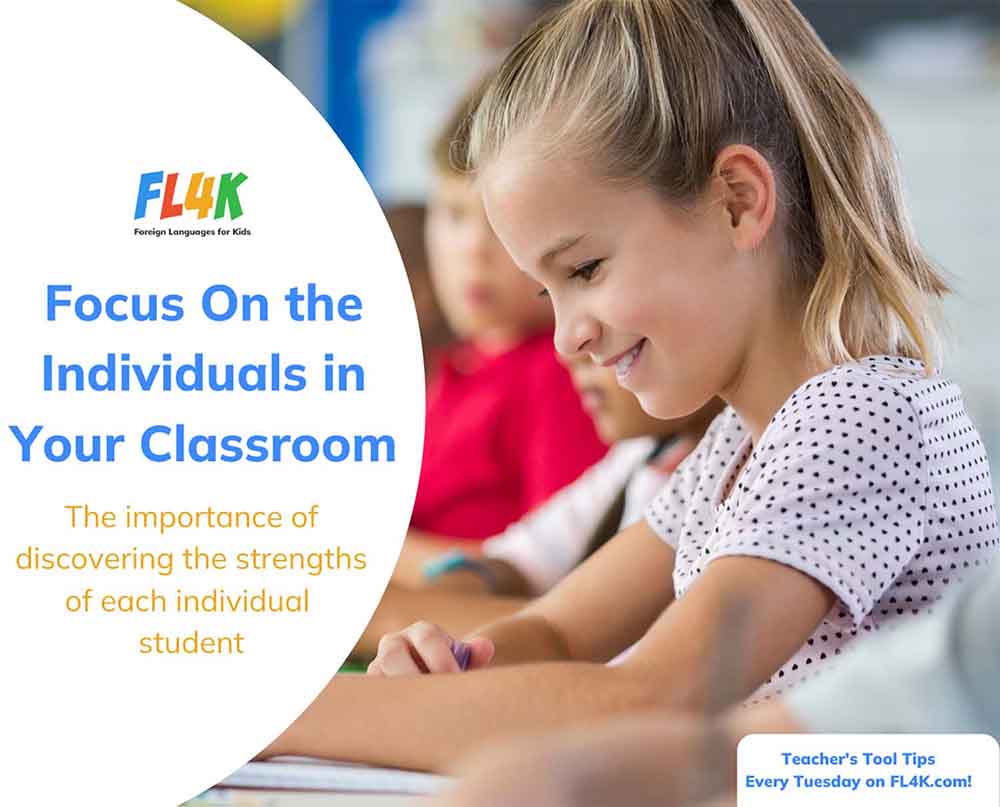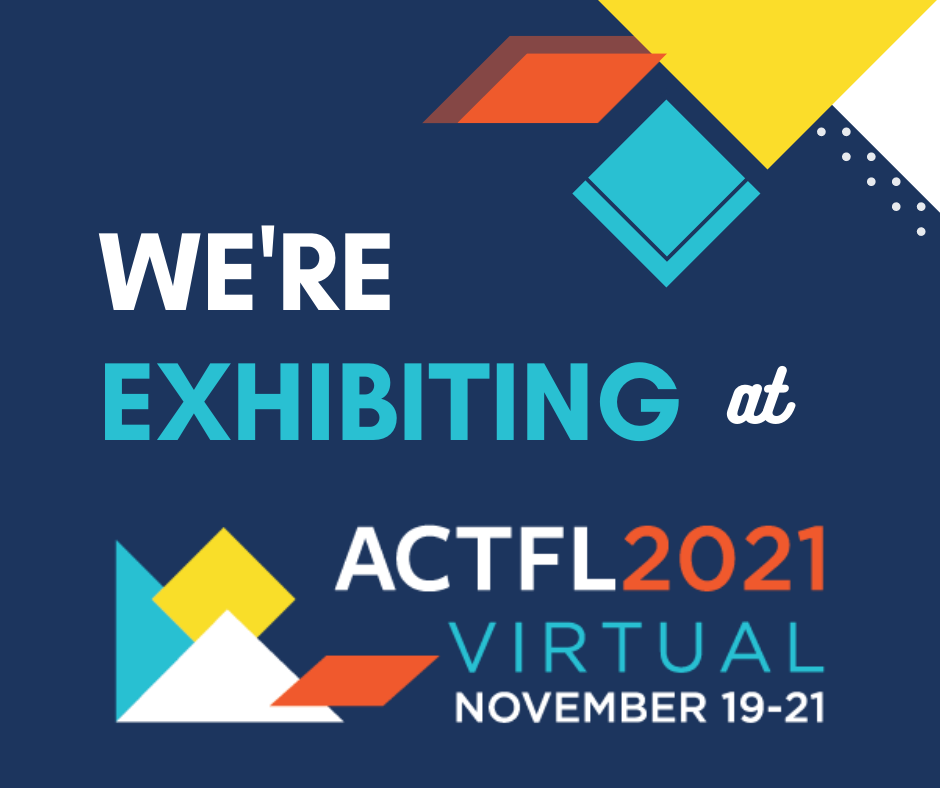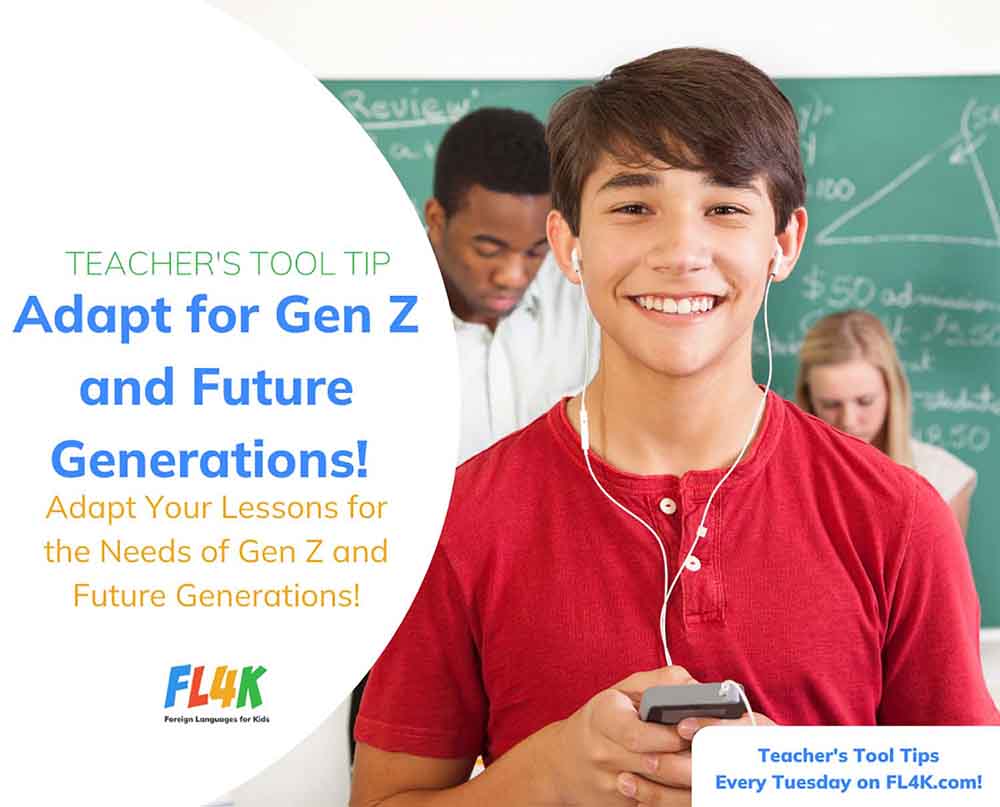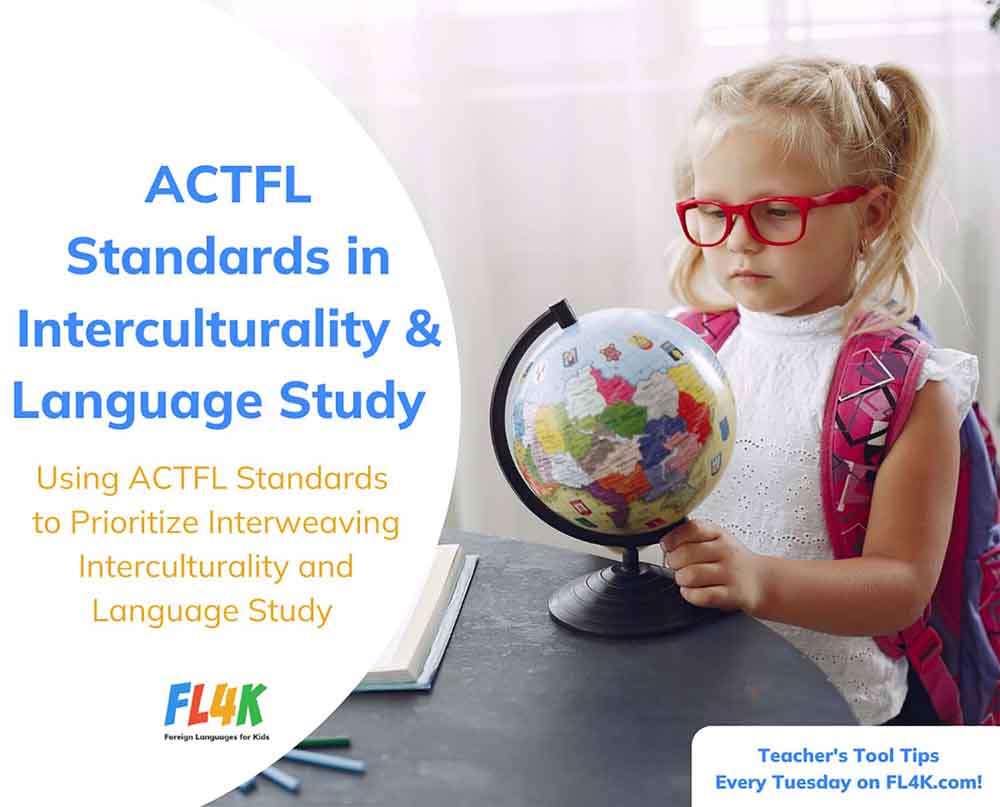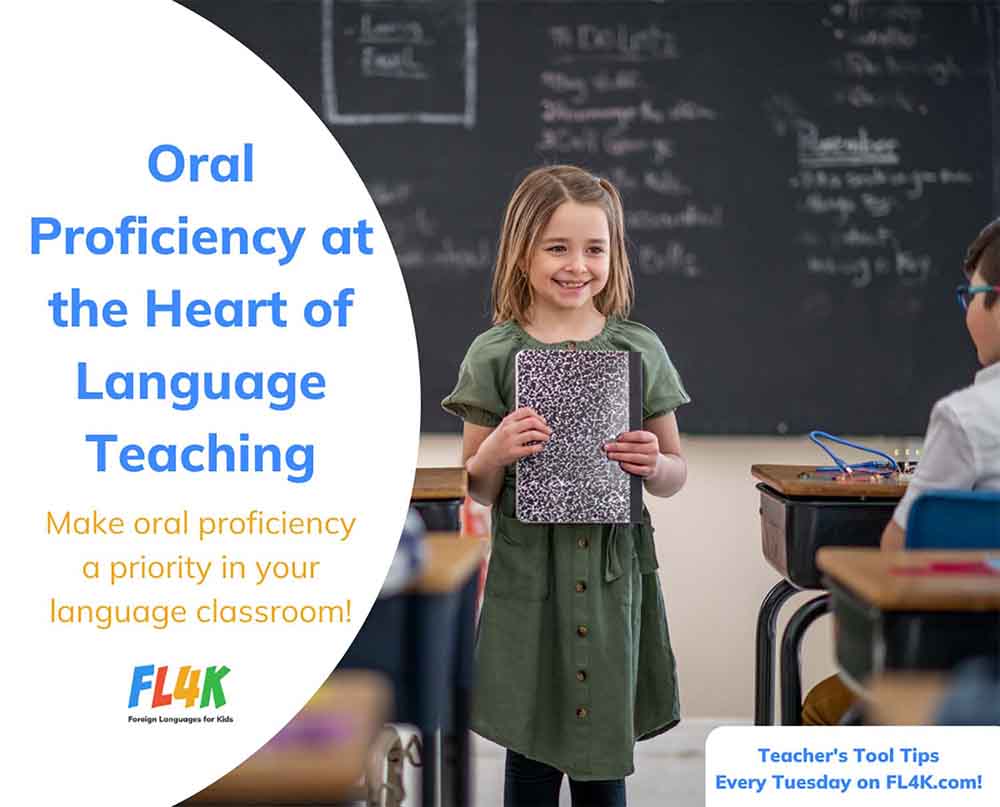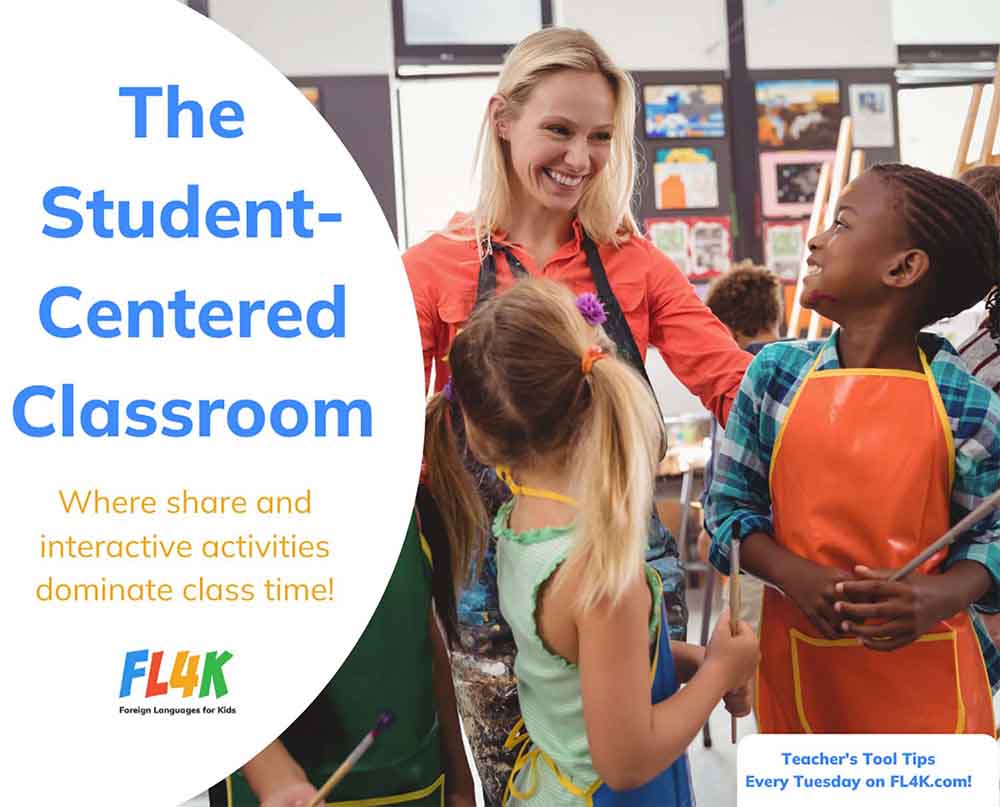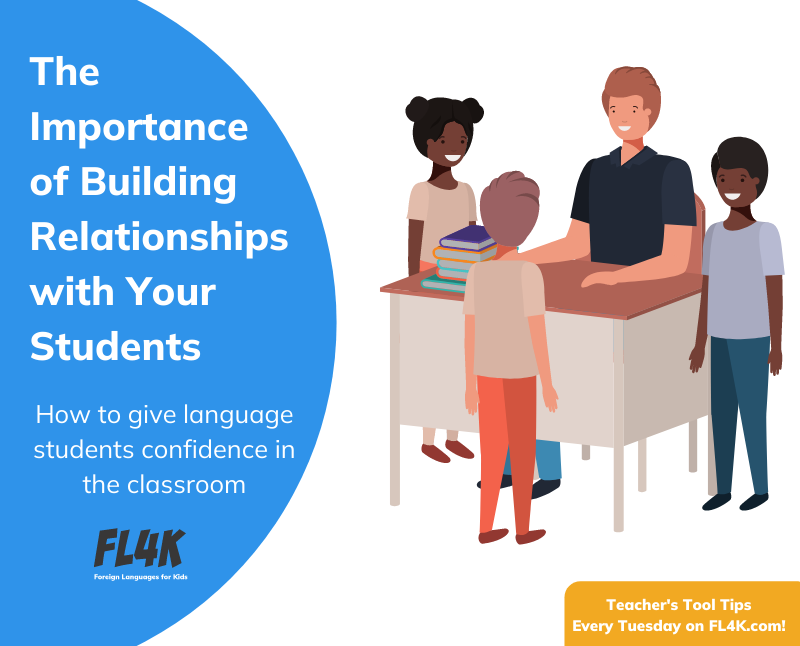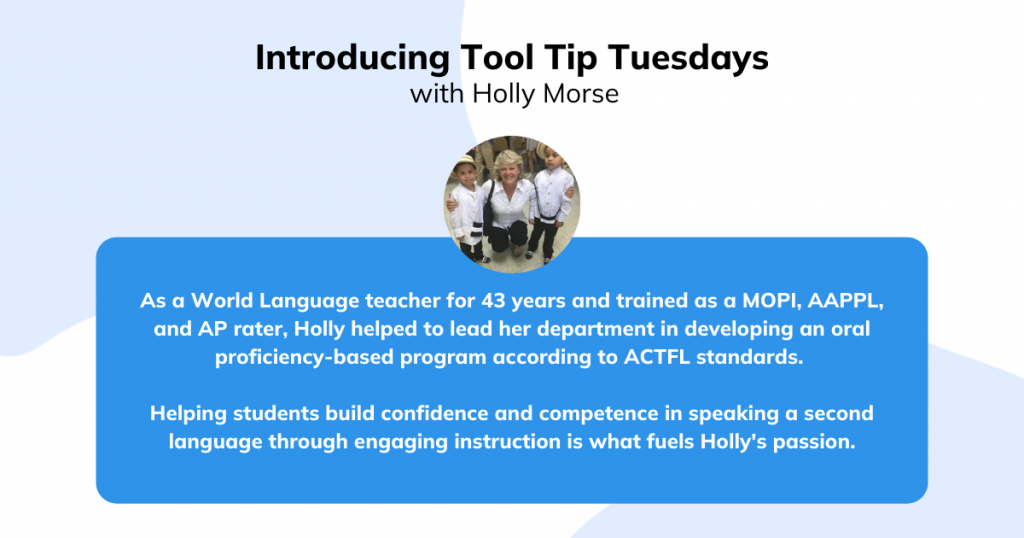I had the opportunity to get back in the classroom this past week due to a former colleague’s extended leave of absence. What an honor to have the opportunity to teach for a few days after six months of retirement! To go in with fresh eyes after working to integrate interculturality in a new and exciting way with FL4K was awesome! The difference that I felt so strongly about was the absolute commitment to teaching culture in an engaging and meaningful way.
Fortunately, the textbook that the teachers still use at University School is Wayside’s EntreCulturas that definitely has a focus on communicating, exploring, and connecting across cultures!
Don’t skip interculturality sections
The pages I chose to cover in the book were chock full of cultural points that I used to ignore because I did not prioritize teaching interculturality. Also, just reading the points in a textbook is not enough to engage our GenZ students!
I chose to emphasize two Enfoques Culturales during my five-day tenure. My fresh perspective as a curriculum writer for FL4K guided me in making the cultural points a priority and helped me to figure out new ways to make the information relevant and interesting for the students. It was a unit about the family featuring the Hispanic cultural traditions of greeting and saying goodbye to each other with a kiss and the practice of conversing with family for long periods of time after meals.
Make the topics fun and relative
In this intermediate low class, I asked the students to share with the rest of us their family traditions around these practices using reciprocal verbs. It was all nicely interwoven with vocabulary and grammar in the textbook, but in the past, when I was using the book, I never thought much about how to make culture an integral part of my teaching. The students were interested in learning about these two traditions because I was more invested in engaging them with culture in a personal way. It was so much fun to hear the different family traditions of the students around these practices. I was amazed at how they could easily talk about all this in Spanish because I scaffolded the lesson carefully, giving them all the vocabulary and structures that they needed to TALK!
I think teaching the skill of comparison and appreciation of other cultures is so important toward the goal of nurturing global citizenship in our classrooms. Challenge yourself in the new semester to make interculturality a priority in your classroom!
Consider checking out some of the curriculum that we are building in FL4K. You will be amazed at the treasures we are digging up about eleven different Hispanic cultures to engage students in our quest for their intercultural competence! Sign up for early access to our new program now!
Let me know what you thought of this week’s Teacher’s Tool Tip! And while you wait for next week’s tip, make sure to follow FL4K on social media through the links at the very bottom of this page so you don’t miss the next Tool Tip and other language fun!
Missed my past Tool Tips? You can read about the Can-Do classroom, the importance of building relationships with your students, the Student-Centered Classroom, and much more on FL4K.com right now!

